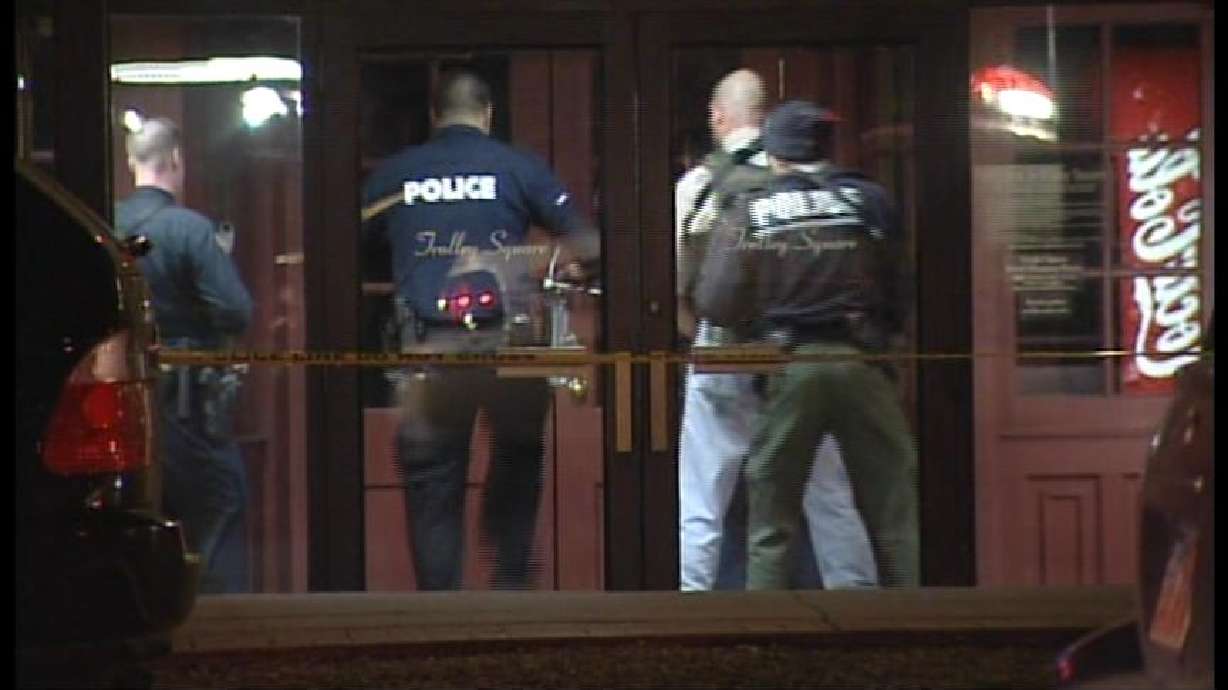Estimated read time: 2-3 minutes
This archived news story is available only for your personal, non-commercial use. Information in the story may be outdated or superseded by additional information. Reading or replaying the story in its archived form does not constitute a republication of the story.
SALT LAKE CITY (AP) -- Police response to a deadly shooting spree in a shopping mall is being called "textbook" and will be used as a case study by other police departments.
Utah law enforcement officials credit post-Columbine training and the state's advanced cross-agency communications system for stopping the rampage quickly.
Stu Smith, director of the Utah Crime Lab, said the damage could have been "10 times worse" without the swift action.
"God help everybody if (the shooter) had another 15 or 20 minutes to have free rein inside that mall," Smith said.
Instead, Sulejman Talovic, 18, had about seven minutes, during which he killed five people and wounded four with a 12-gauge shotgun. The first 911 call was reported at 6:44 p.m. and Talovic was cornered and killed by four Salt Lake City officers and an off-duty Ogden officer by 6:50 p.m., police said.
Smith said the crime scene was the most "overwhelming" he'd seen in three decades with the crime lab. He said 96 bullet fragments were recovered from a store where Talovic was killed. Smith's team worked through Monday night, noting where bullets had ripped through walls and ricocheted off floors.
Post-Columbine police training focuses on quick, tactical response, where small teams "go to the gunshots" instead of plotting the perimeter and waiting until the shooting is over.
"They did a terrific job," said Patrick Kiernan, spokesman for the Salt Lake City FBI. "These guys really put their lives on the line."
Salt Lake City police Lt. Tim Doubt said one of the post-Columbine training simulations included "a shooter in the mall."
"In these types of situations, time is not on your side -- it's your enemy," said Doubt, who helped conduct the mall simulation as a SWAT commander. "They're trained to ask the question: 'Is someone dying right now?' If the answer is yes, they go in."
As the officers who responded to the initial call searched for the shooter inside, an army of support amassed outside.
In a flash, Trolley Square was surrounded by more than 200 police personnel from throughout the Salt Lake valley, 100 firefighters, a host of medical experts and the state crime lab. Highway Patrol units shut off the mall's perimeter and a state helicopter spotlighted the mall and the surrounding neighborhood.
Utah updated its crucial cross-agency police communication system after the Sept. 11 attacks and honed it during the 2002 Winter Olympics -- during emergencies all traffic is networked to a single frequency.
"It's huge," said Salt Lake City police Detective Jeff Bedard. "It's beyond measure how valuable having people on the same radio frequency was."
Already, police departments across the country plan to use Trolley Square as a case study.
"I'm getting phone calls from all over," said police Lt. Rick Findlay, who helped train the force. "People feel there are some lessons to be learned from our response and that's flattering."
Information from: The Salt Lake Tribune
(Copyright 2007 by The Associated Press. All Rights Reserved.)








